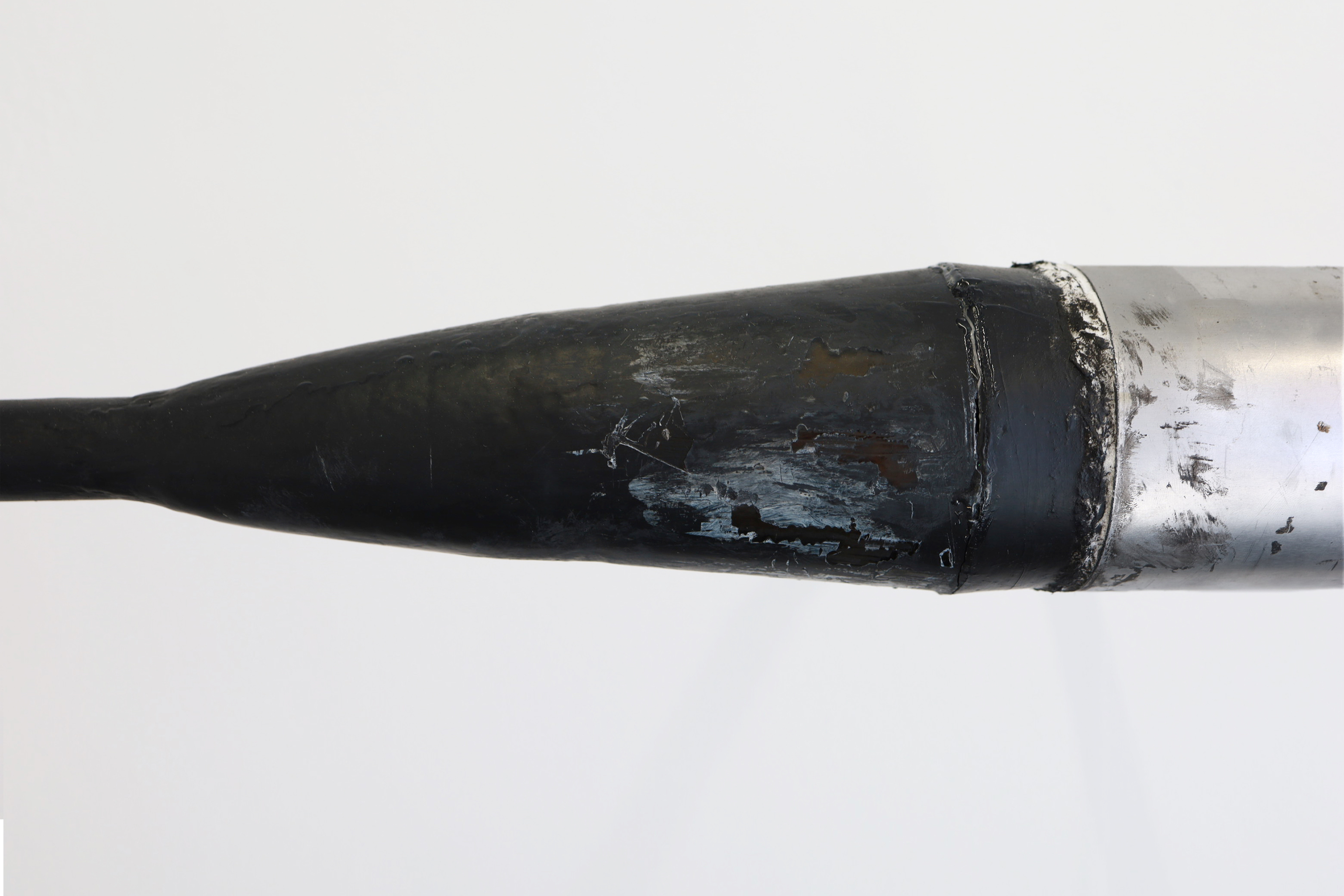









Alexis Kanatsios, 'Foul is Fair'.
6 - 21 Nov 2021
The haunting of flat shapes, geometries, and numbers has rinsed great minds since time immemorial. They turn a face here, resembling a white number ‘2’ against a charcoal background. Its lines are certain and symmetrical, perfectly centred in the frame. But in the game of forms, no such certainty remains stable.
The mood of fin-de-siecle Europe was the circle: Friedrich Nietzsche’s eternal return in Germany, Louis Auguste Blanqui’s in France. In short, the eternal return resembles an ouroboric cycle that speaks affirmations in the face of life’s dual guarantees: doom and happiness, death and rebirth. The circle pressed itself on Europe’s cultural capitals as modernity carried the promise of endless change and endless return, of the novel and the nostalgic that drive the rapids of fashion and industry. It is of course in the early twentieth century that the mystic properties of geometric shapes accelerate, upping the ante on representation by presuming its complete eradication. Malevich: “The square = feeling, the white field = the void beyond feeling.” Neither circle nor square, the para-surrealist poet Laure (pseudonym for Collette Peignot) pictured such unnameable forces in the figure 8, or two circles joined to form an eight. In one circle she finds herself trapped, in the other she finds her escape, only to be brought back again. “And this “game” will go on a long time”, she says. Laure’s 8, simultaneously shape and number, encompass life’s great game of entrapment and escape ad infinitum, reducible to the images and gestures that repeat around every corner.
There is another game represented here, played with an aerodynamic missile armed with a sharpened tip. Kanatsios’ dart takes on the detail of handcrafted, conceptualist sculpture that would appear as a readymade if not for its exaggerated increase in scale. It shares the sensibility of the surrealist object, displaced, and settled on the dual stage of fetishism and examination. It’s missing counterpart, the target, rears its head in Jasper Johns’ paintings, or the Mod appropriation of The Royal Air Force roundel; a circle within several circles now indistinguishable from the pop cultural/art historical game of symbols. To be specific, to the surface of dartboards are added straight lines from the outer-in, dividing the target’s concentric rings into a scoring system. This pattern is akin to an optical illusion, a trick on perception by psychedelic arrangements that attack the stasis of form once more.
“Foul is fair and fair is foul” riddle the witches to Macbeth, playing the hand of transvalued perspective through which the world is not as it appears. Begin, end, and return to the shape again. The sport of images and their appearances will go on a long time. Here, it rears its head in a sign displaying woodgrain, a framed drawing, and items of the ordinary blown up to the level of big game.
